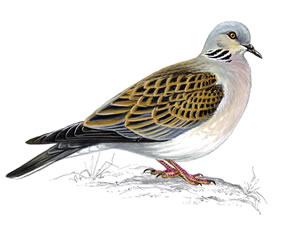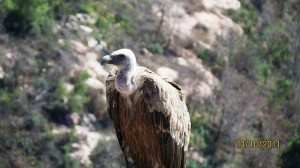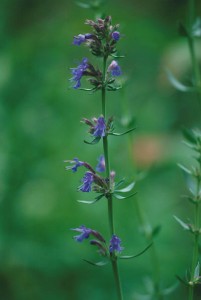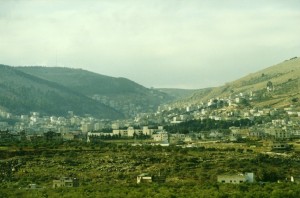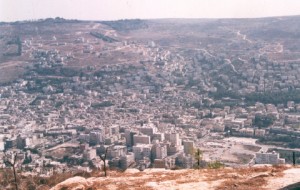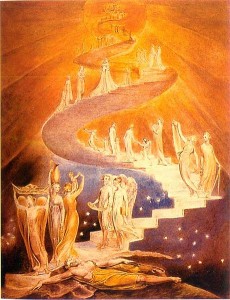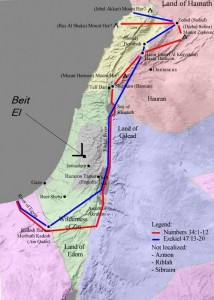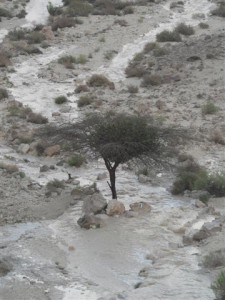I read this Great Article ! and I thought that more people should read it, its from my colleague Fun Joel’s blog.
Blogroll
- Ariel Zellman Research and publications about Israel
- Cats With Pens A blog about Reading, Writing and growing.
- FALSE DICHOTOMIES Alex Stein’s Blog about Israel
- Fun Joel's Israel Fun Joel’s Fun Israel Blog
- Gil Zohar Writer, Photographer, Sculptor and Tour Guide
- W3 EDGE, Optimization Products for WordPress
- Wandering the Holy Land My Blog
- Window on the Wall A blog about the Parshat Hashavuah (Torah Portion of the Week) and Israel News
- WordPress Plugins
Essential Services
- Jerusalem Dentist Expert Dental Care in Jerusalem with an English Speaking Dentist
Hotels and Guesthouses
- Le Jardin Ein Karem Le Jardin Ein Karem – A beautiful and quiet retreat in the picturesque village of Ein Kerem, perfect for a romantic getaway.
- My Jerusalem Studio Highly recommended Boutique Hotel in the Picturesque neighbourhood of Nachlaot.
Israel Culture
- Shoot East Short Films – Documentaries – Educational Videos
Israel Current Affairs
- Ariel Zellman Research and publications about Israel
- Window on the Wall A blog about the Parshat Hashavuah (Torah Portion of the Week) and Israel News
Israel Tour Guides
- Fun Joel's Israel Fun Joel’s Fun Israel Blog
- Gil Zohar Writer, Photographer, Sculptor and Tour Guide
- Israel Sunshine Tours My good friend and colleague Yaakov Sonnenchein’s Tour Guide website
- Nava Rosenbloom Fellow Tour Guide
Miscellaneous
- Jerusalem Dentist Expert Dental Care in Jerusalem with an English Speaking Dentist
- Tirtza's Marvellous Morning A Relaxing Boutique Spa in the outskirts of Jerusalem (women only)
Services
- Tirtza's Marvellous Morning A Relaxing Boutique Spa in the outskirts of Jerusalem (women only)
Sites in Israel
- Temple Mount Sifting Project archaeology, Temple Mount, Jerusalem, archaeological destruction, israel
Torah
- Window on the Wall A blog about the Parshat Hashavuah (Torah Portion of the Week) and Israel News



